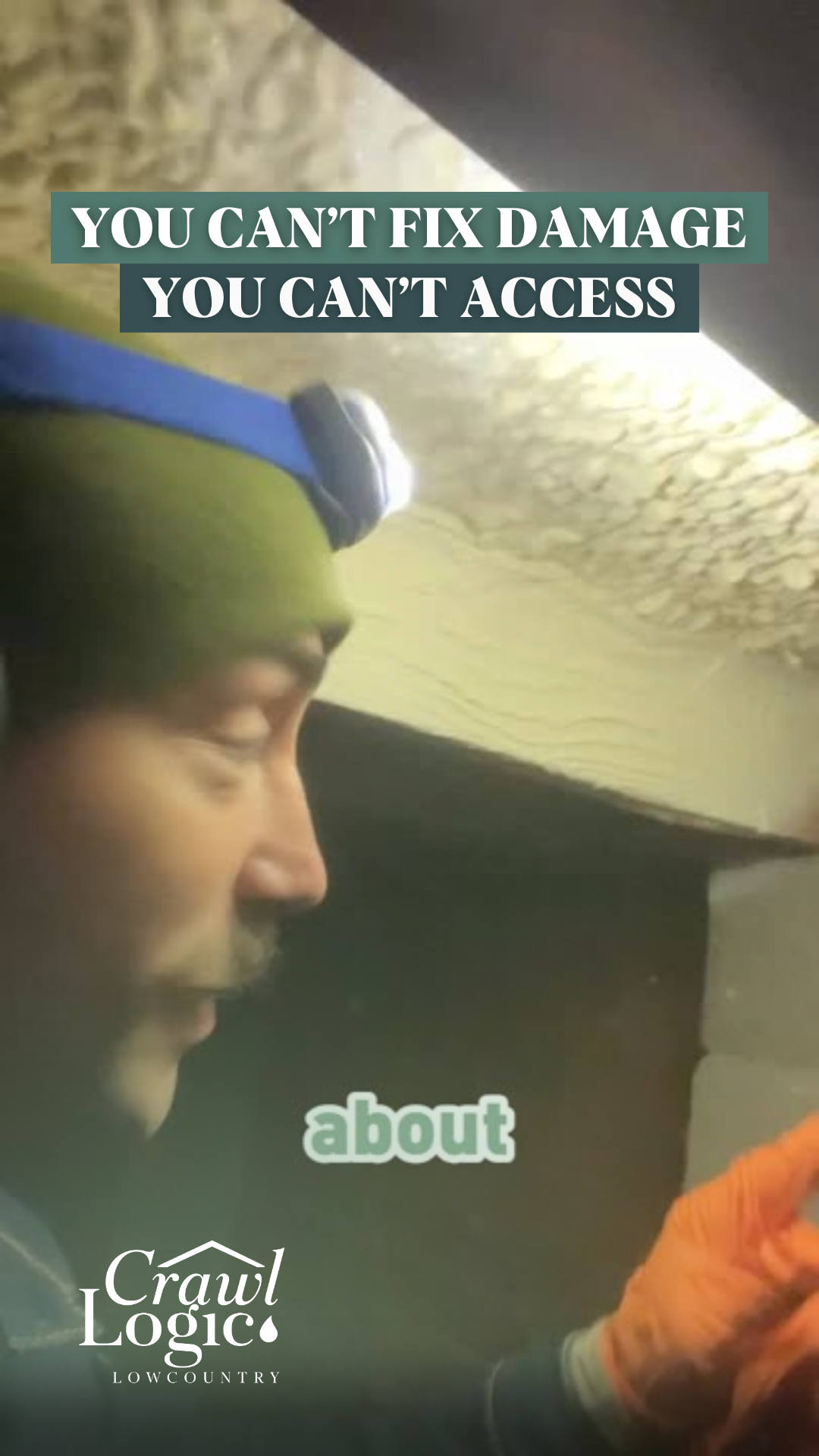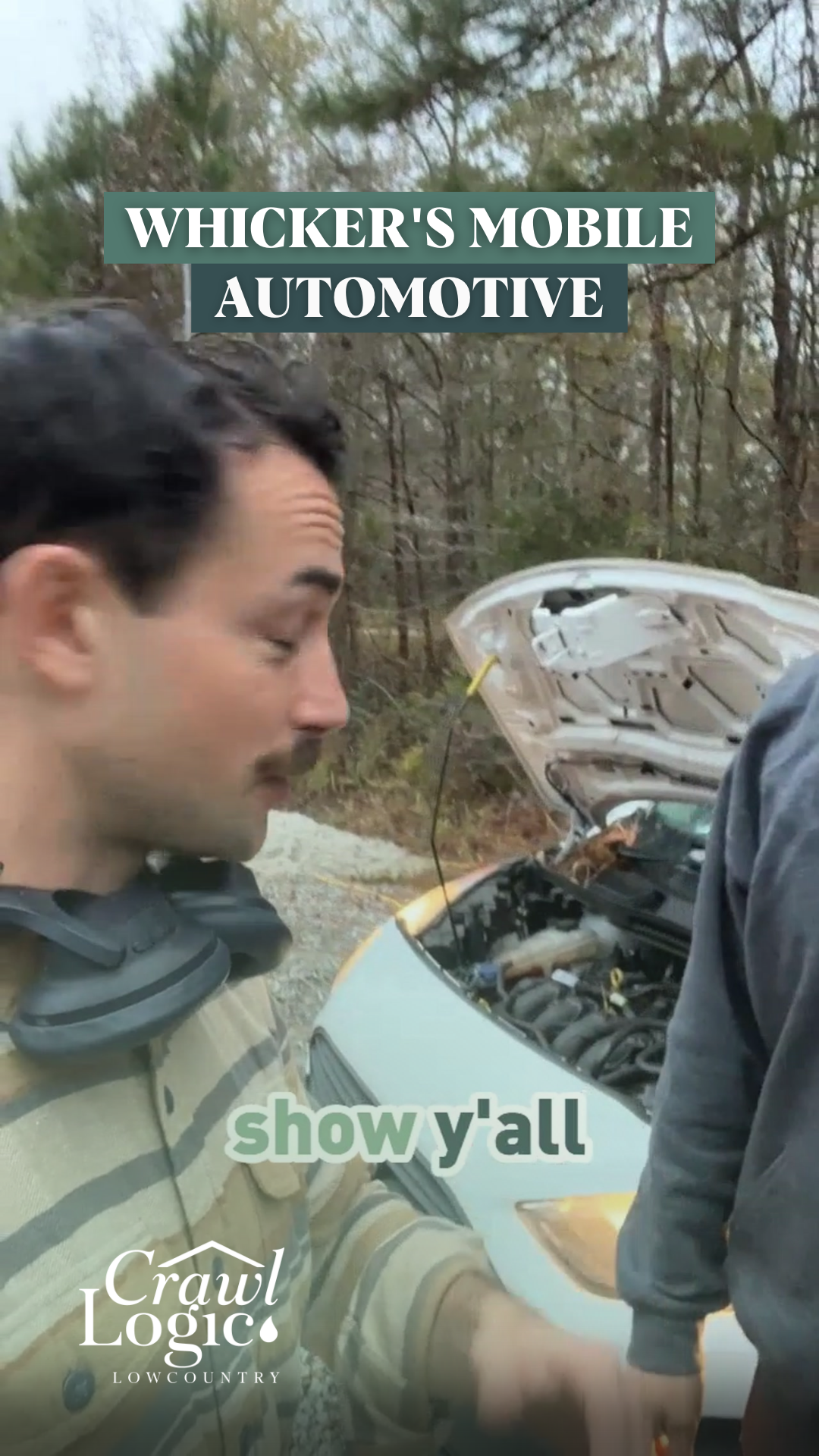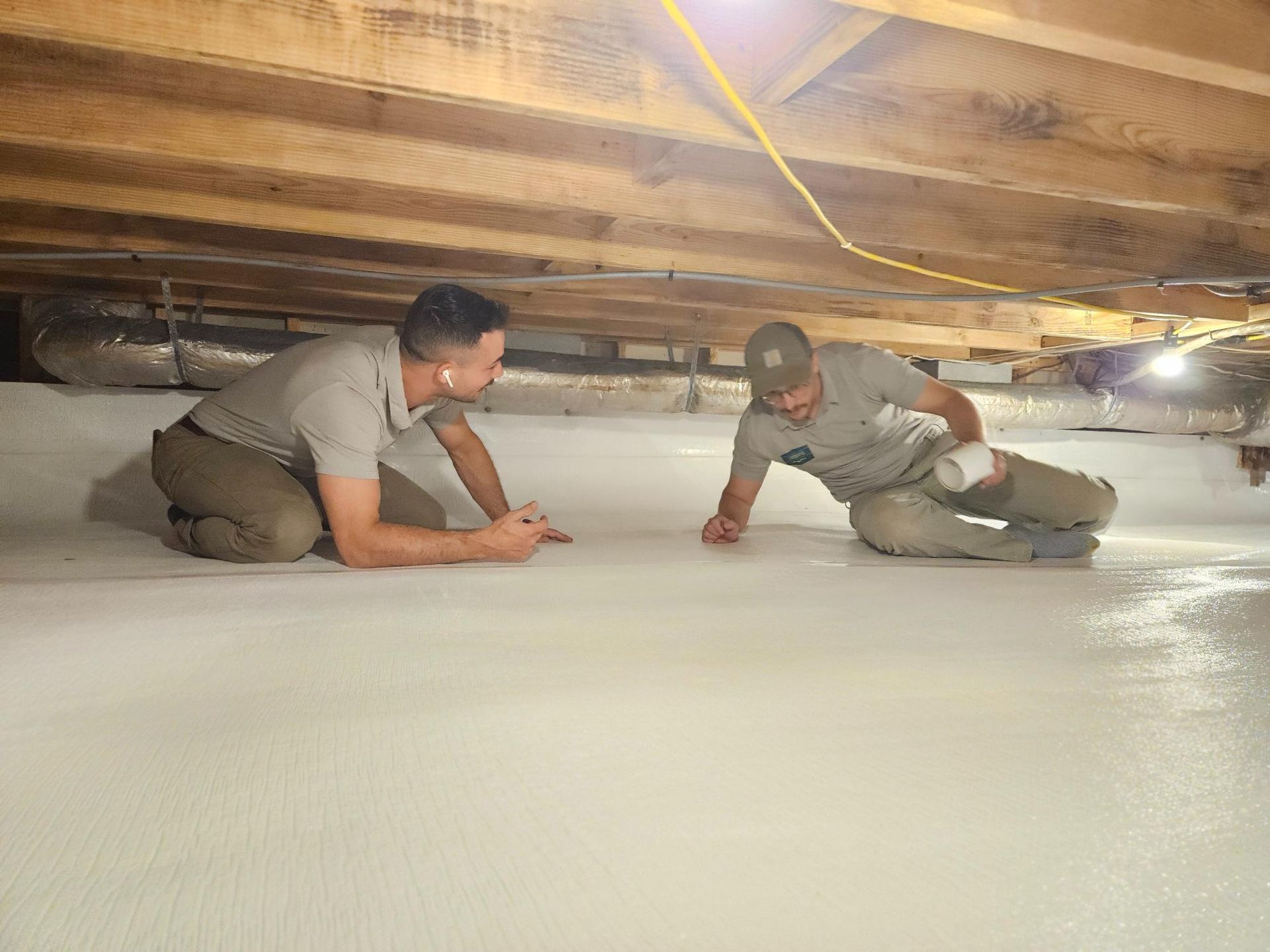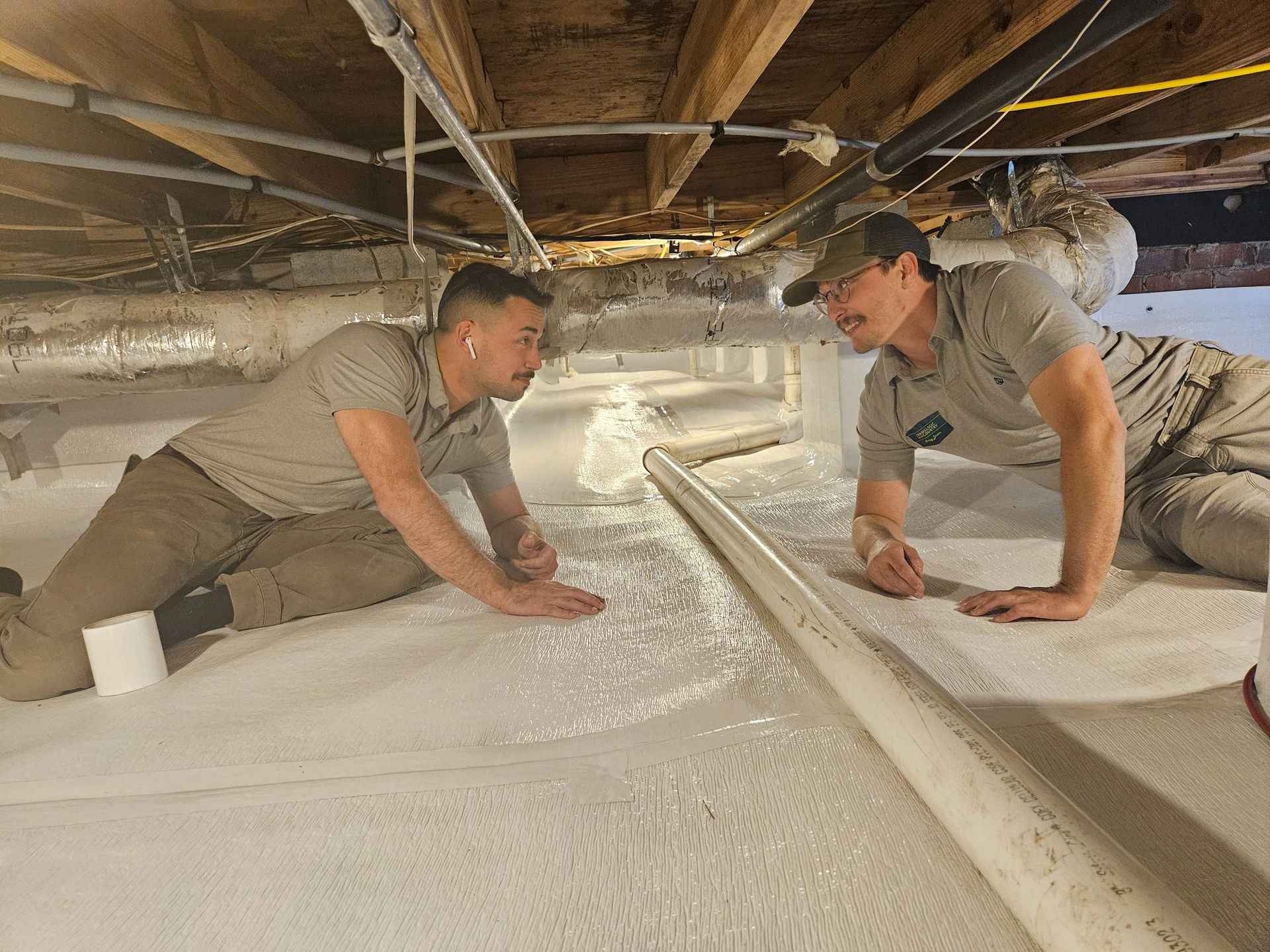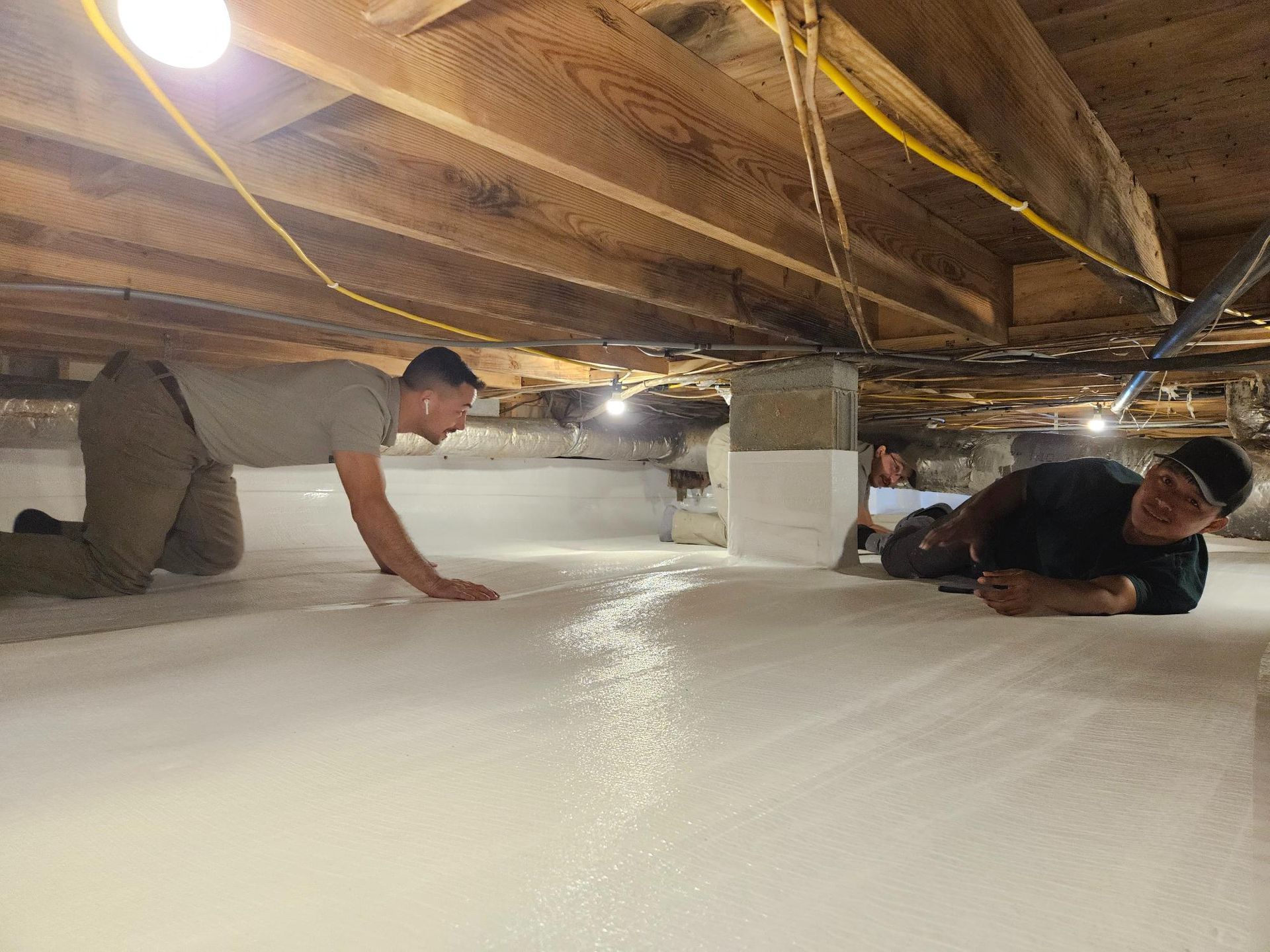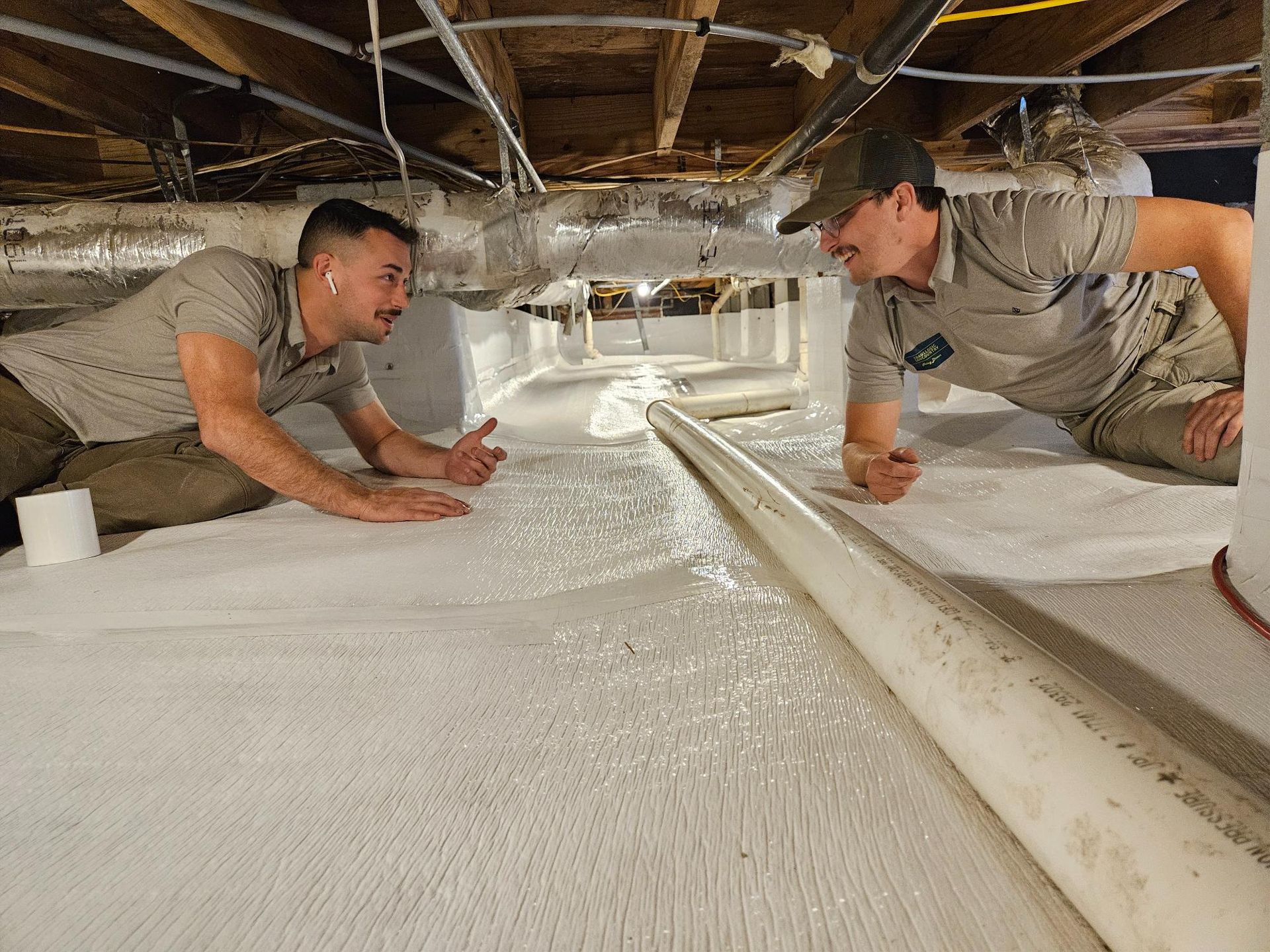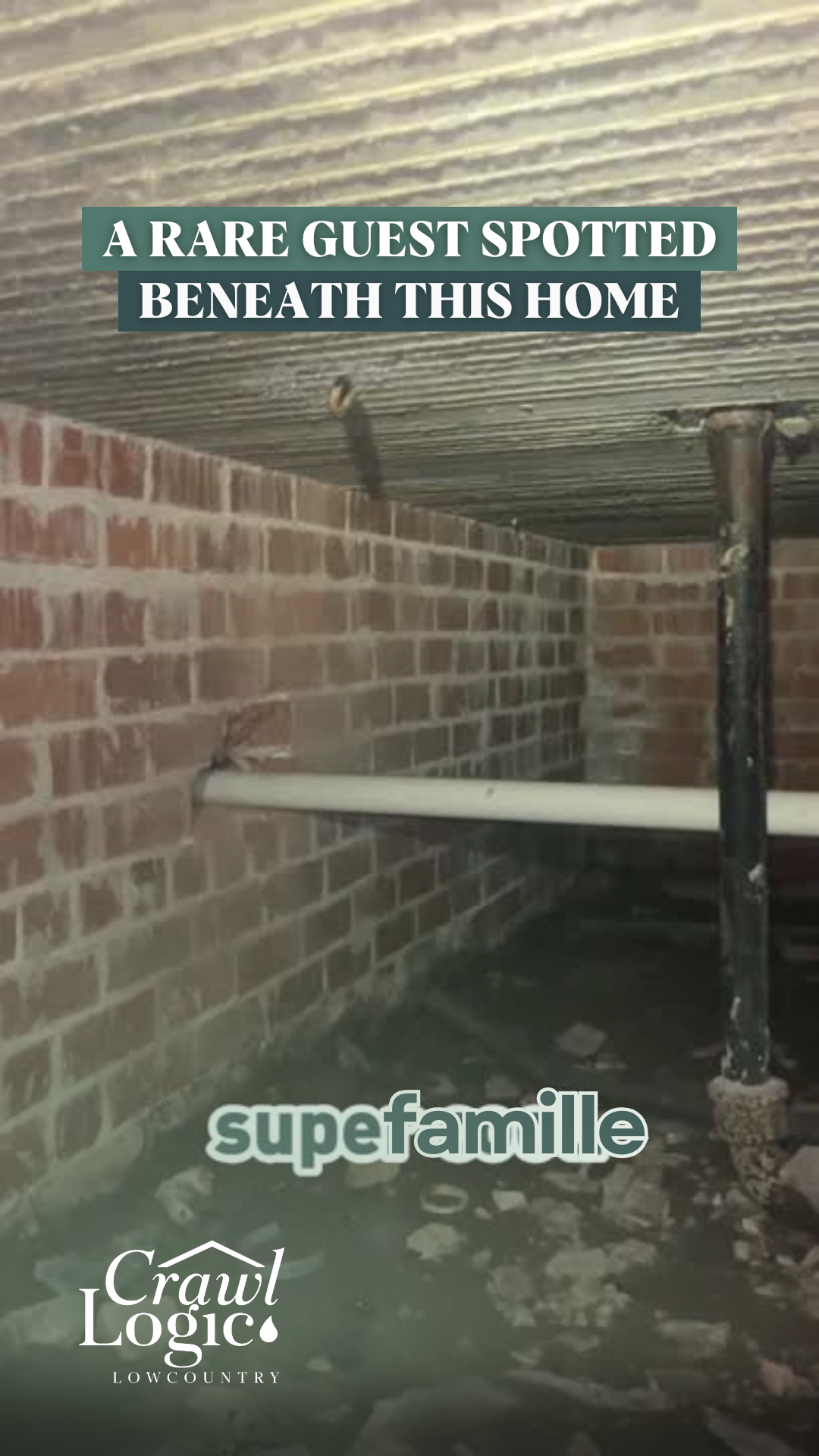Green Slime and Failed Systems: What Your Charleston Crawl Space Is Hiding
Crawl Logic Lowcountry
Slime Buildup Defeating The Whole Purpose
THIS CRAWL SPACE WAS ABOUT TO FAIL BECAUSE OF A LACK OF EFFORT
Recently, I was helping out a friend of a friend with their crawl space.
They wanted to keep costs down, so we were trying to work with what was already there.
That's when I found something that, unfortunately, I see way too often under Charleston homes: a failing condensate pump filled with green slime.
Now, I'm not talking about a little bit of mold or normal crawl space grime.
I'm talking about handful after handful of thick, green algae that was slowly choking their entire system.
And the worst part?
This wasn't just bad luck - it was the predictable result of someone choosing the easy way over the right way.
Welcome to Crawl Logic Lowcountry!
The Deceptive "Easy Solution"
Here's what typically happens: A contractor needs to deal with water from your dehumidifier in your crawl space. They've got two options. They can take the time to drill proper drainage (the right way), or they can slap in a condensate pump (the easy way). Guess which one most choose?
These condensate pumps seem like a smart solution at first. They're quick to install, they're relatively cheap, and they make the contractor's job easier. But here's what they don't tell you: they're basically ticking time bombs under your house.
Think about it - you've got standing water, warm temperatures, and dark conditions. You couldn't design a better environment for growing algae if you tried. And that's exactly what happens, every single time. It's not a matter of if these pumps will fail, but when.
The Green Reality
Let me paint you a picture of what I found in this crawl space. Before I even thought to grab my phone and record, I'd already pulled out multiple handfuls of thick, green algae from the pump basin. This stuff wasn't just sitting there - it was actively clogging up the system.
Usually, these problems start in the discharge line before they hit the basin. But in this case, the pump was working so hard, so often, that the basin was turning into its own ecosystem. And here's the kicker: this pump was barely functioning. Give it a few more weeks, and it would have been completely clogged.
The Ripple Effect
Now, here's where one small problem turns into a major headache. When that pump stops working - and it will stop working - your dehumidifier doesn't know to stop producing condensation. Instead of being pumped out, that water forms a massive puddle around your dehumidifier.
Your dehumidifier keeps running, thinking it's doing its job, but it's actually just creating a small pond under your house. And remember all that fancy vapor barrier work you paid for? That entire encapsulation system starts failing because someone decided to save 20 minutes by installing a pump instead of proper drainage.
The Right Way
There's a simple solution to all this: proper drainage. Yes, it takes more time to drill and install. Yes, it requires more planning and effort upfront. But here's the difference - it works, and it keeps working. No algae, no standing water, no failed systems.
When we install drainage, we're working with gravity - something that never breaks down, never needs maintenance, and never grows green slime. It's a simple hole, properly graded, that lets water flow where it needs to go. It might not be the flashiest solution, but in my 14 years of crawl space work, I've never seen a properly installed drainage line fail.
If you've got a crawl space dehumidifier system, here's what you need to check. First, look at how the water's being removed. If you see a small pump with a tiny vinyl tube, that's your first red flag. Second, check for any standing water or moisture around your dehumidifier. And if you're brave enough to look inside that pump basin? Well, you might find your own green science experiment growing down there.
Protecting Your Investment
When you're getting crawl space work done, ask your contractor specifically about drainage plans. If they start talking about condensate pumps because they're "easier" or "standard practice," keep looking. Because what's easy today becomes expensive tomorrow.
Listen, I get it. Nobody wants to spend more time or money than they have to on their crawl space.
But after fixing hundreds of failed systems across Charleston, I can tell you this: doing it right the first time is always cheaper than doing it twice.
